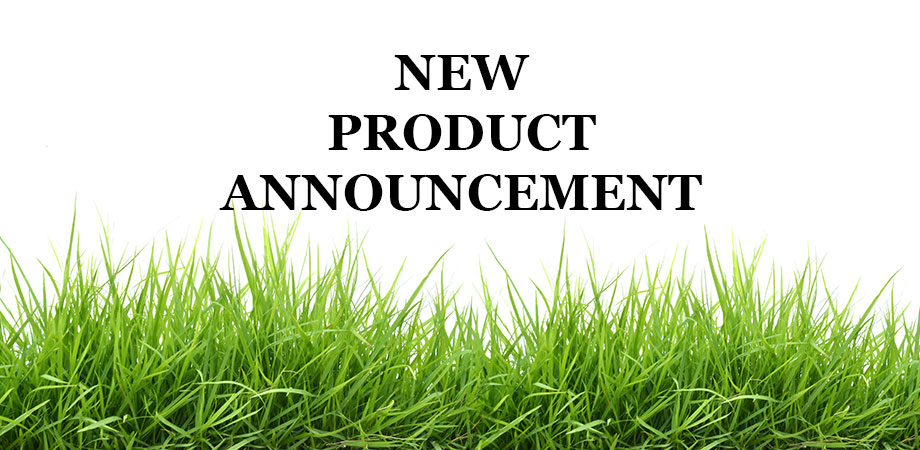Nematodes are minuscule, worm-like organisms that live in soil and water. While they can sometimes be beneficial, playing a role in nutrient cycling and organic matter decomposition, some nematode species can pose a threat to turfgrass. For golf course superintendents, understanding the biology and behavior of nematodes—and how to control them—is crucial for maintaining healthy, playable turf.
All About Nematodes
Nematodes are incredibly diverse, with thousands of identified species occupying various ecological niches. The nematodes that affect turfgrass are typically plant-parasitic, feeding on the roots of the grass and often burrowing through them, too. The symptoms of a nematode infestation will often include thinning turf, yellowing, and poor root growth, which can compromise the health and aesthetics of the course. These symptoms, and their solutions, often vary.
Problems Caused by Nematodes on Warm-Season Turf
Warm-season turfgrasses, such as bermudagrass, zoysiagrass, and St. Augustinegrass, are common on golf courses in warmer climates. These grasses are susceptible to various nematode species, including root-knot, sting, and lance. All three of these species cause visible damage like thinning, yellow patches, stunted growth, and weakened roots.
It is important to note that warm-season turf infested with nematodes often shows irregular patterns of damage, which can be mistaken for other stress factors like drought or nutrient deficiencies. However, unlike other stress factors, nematode damage persists even with proper irrigation and fertilization. Submitting a sample of damaged turf to a trusted diagnostic lab can give superintendents a better understanding of what’s wrong with their turf—and whether nematodes are the root cause.
Problems Caused by Nematodes on Cool-Season Turf
Cool-season turfgrasses, including Kentucky bluegrass, bentgrass, and fescues, are prevalent on courses in the north and midwest. They also face issues with nematodes. Common nematodes affecting cool-season turf types include root-knot, lesion, and spiral. Much like on warm-season turf, nematode damage on cool-season turf manifests as yellowing, thinning, and patchy areas that fail to respond to typical turf management practices.
Cool-season turfgrass with nematode issues can exhibit poor root development and reduced ability to absorb water and nutrients, just like warm-season turf. This leads to weakened plants that are more susceptible to environmental stresses, disease, and wear from foot traffic. Again, due to the size of nematodes, a soil sample should be submitted to determine if nematodes are present.
Indemnify: Designed For Fast, Effective Nematode Control
Indemnify, developed by Envu, is a nematicide designed to effectively manage nematode populations in warm-season and cool-season turfgrasses. It offers high efficacy, ease of application, and long-lasting protection. It works fast, providing season-long control of nematodes within one to four applications, depending on the severity of the pressure.
How Indemnify Works
Indemnify contains the active ingredient fluopyram (34.5%), which targets nematodes by paralyzing them. This reduces nematode feeding and reproduction, ultimately lowering their population and minimizing damage to turfgrass.
Benefits of Indemnify
Indemnify provides numerous benefits to superintendents, including:
- Effective Nematode Control: Indemnify significantly reduces nematode populations, leading to healthier and more resilient turfgrass within one to four applications.
- Long-Lasting Protection: Indemnify can protect turfgrass and improve turf quality for between two and six months, reducing the need for frequent treatments.
- Enhanced Turf Health: Indemnify helps improve root development and overall turf vigor, leading to better stress tolerance and recovery.
Indemnify is applied as a soil drench, allowing it to move into the root zone where nematodes are active. It also contains a surfactant to help ease this process. Applying Indemnify is straightforward and offers flexibility in application timing, making it a practical choice for superintendents dealing with nematode pressures year-round. Indemnify should be applied as a preventative during spring and fall, but can also be applied as a curative at any time. Indemnify requires minimal irrigation (0.1 inches) and doesn’t require deep watering or aeration to be effective, either. See the Indemnify label for additional application information. Resilia, also by Envu, can suppress nematodes, too. Resilia can be applied in between Indemnify applications.
For superintendents considering using a nematicide like Indemnify to protect their course, your ATS rep is ready to help you. For more information on Indemnify, tailored advice, and more, reach out to your rep. If you’re new to ATS, use our rep finder tool to find one near you.












